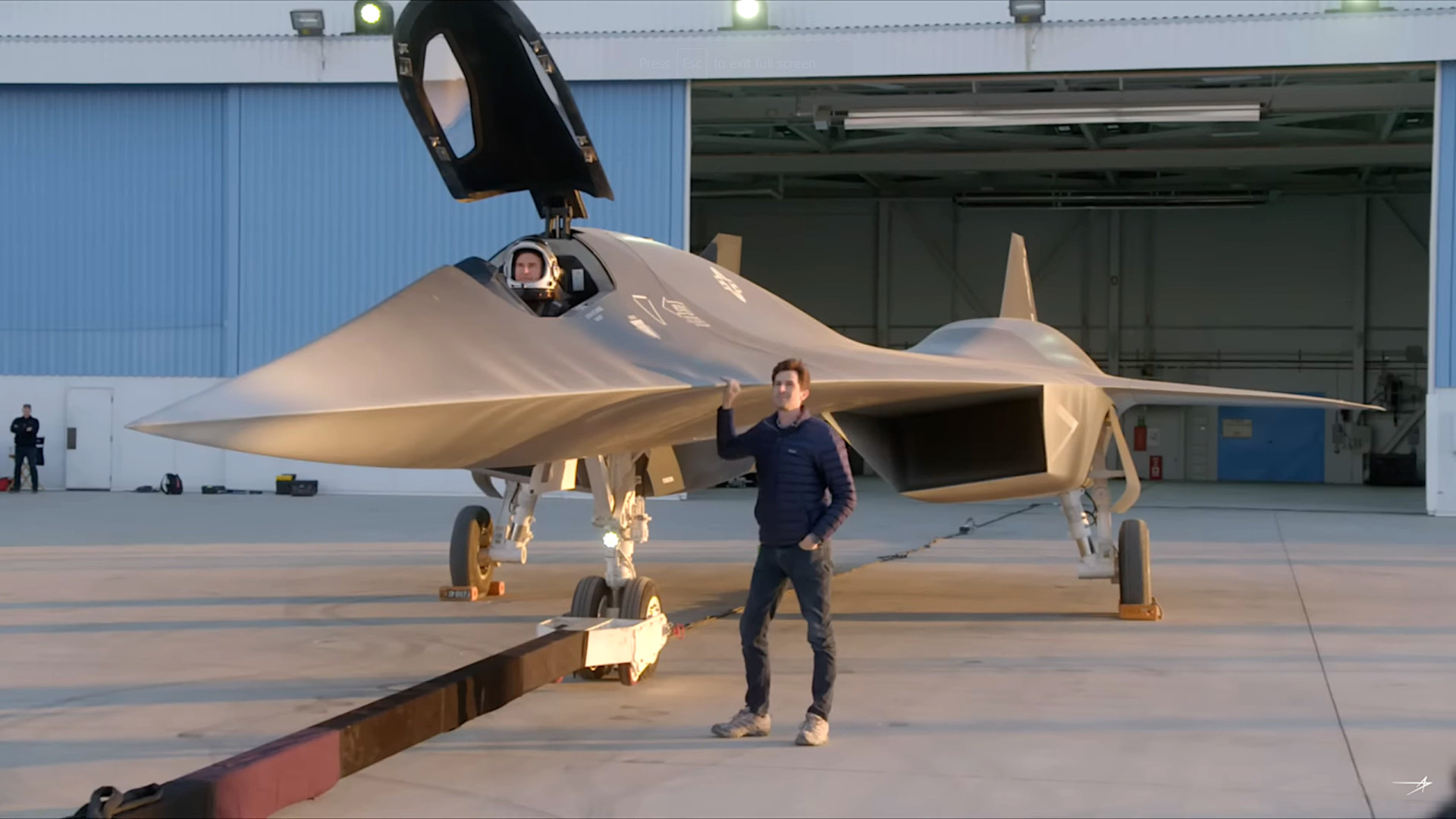Lockheed Martin has given us a more complete look at the full-size mockup of the fictional Darkstar hypersonic aircraft used in the production of the recently released blockbuster movie Top Gun: Maverick. The company’s legendary Skunk Works advanced projects division helped craft the design, which it has said reflects real-world capabilities.
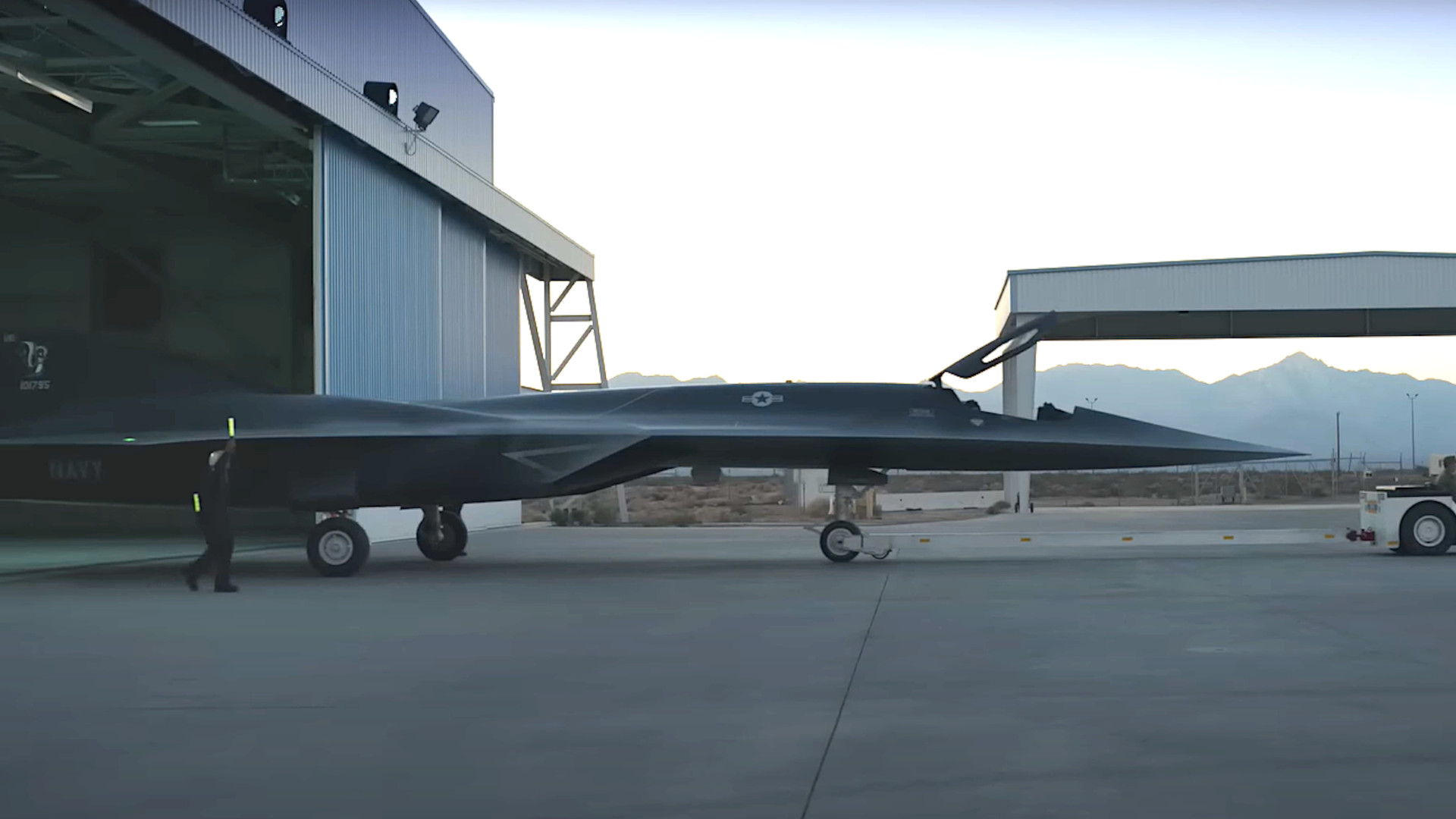
The additional views of the mockup are contained in a behind-the-scenes video featurette, seen below, which Lockheed Martin released yesterday. This follows the company posting a trio of videos online, along with a complete website, that offered new details about Skunk Works’ involvement in creating Darkstar last week.
For those who haven’t yet seen the movie, this piece does contain some spoilers going forward, so be forewarned.

“We based the design on the fastest aircraft, the SR-71 [Blackbird], which Lockheed built in the 1960s. The team wanted to go beyond that.” Top Gun: Maverick’s director Joseph Kosinski says in the video. “We integrated their Skunk Works designers with our designers on the film side.”
“There’s no way we could have done Darkstar the way we did without their help,” Kosinski explains.
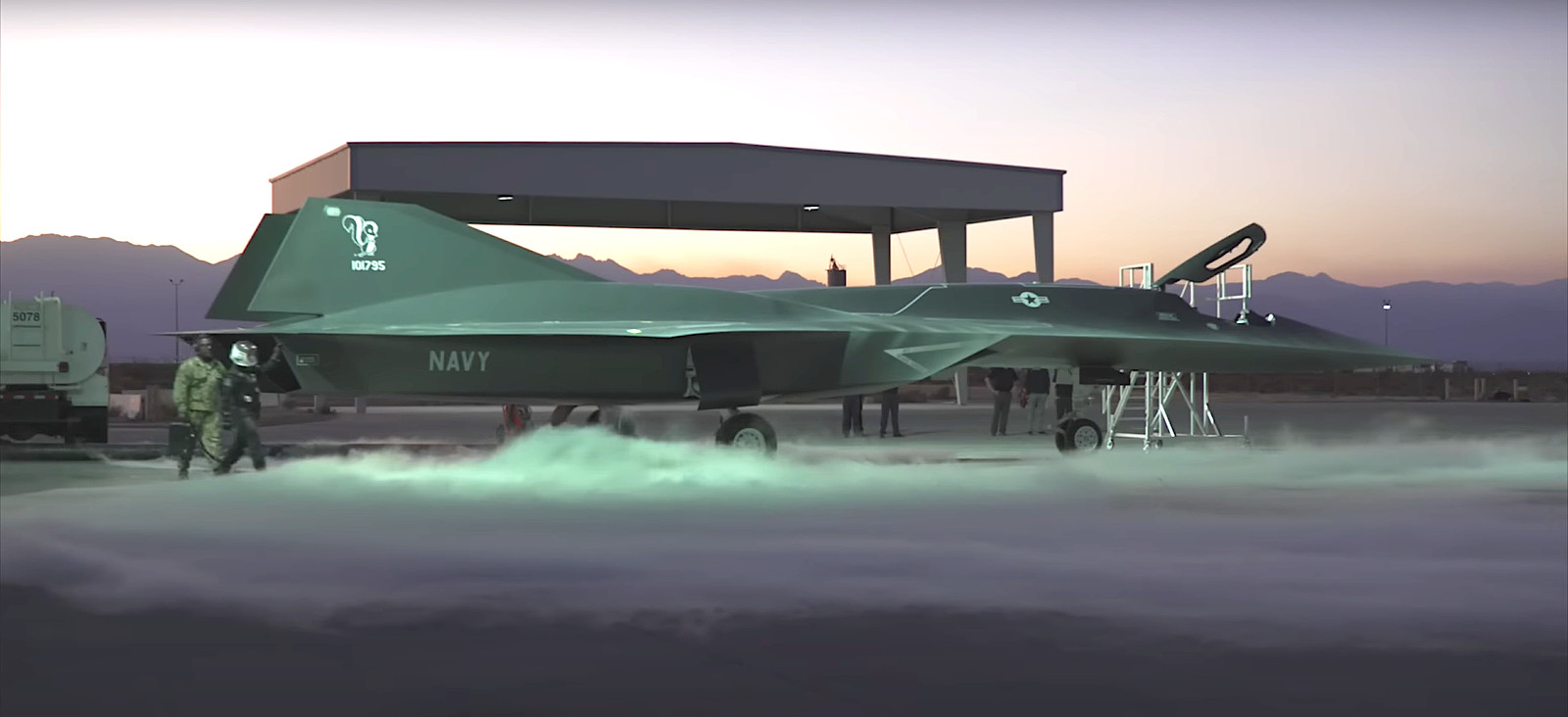
“Through their design team, we learned how to make the plane look angry, mean, insanely fast,” Jeremy Hindle, the film’s Production Designer, adds. “We lowered it a little bit. It also made it look a little sleeker and faster.”
“The cockpit was mindblowing. …you really wanted to believe that it was real,” Hindle continues.
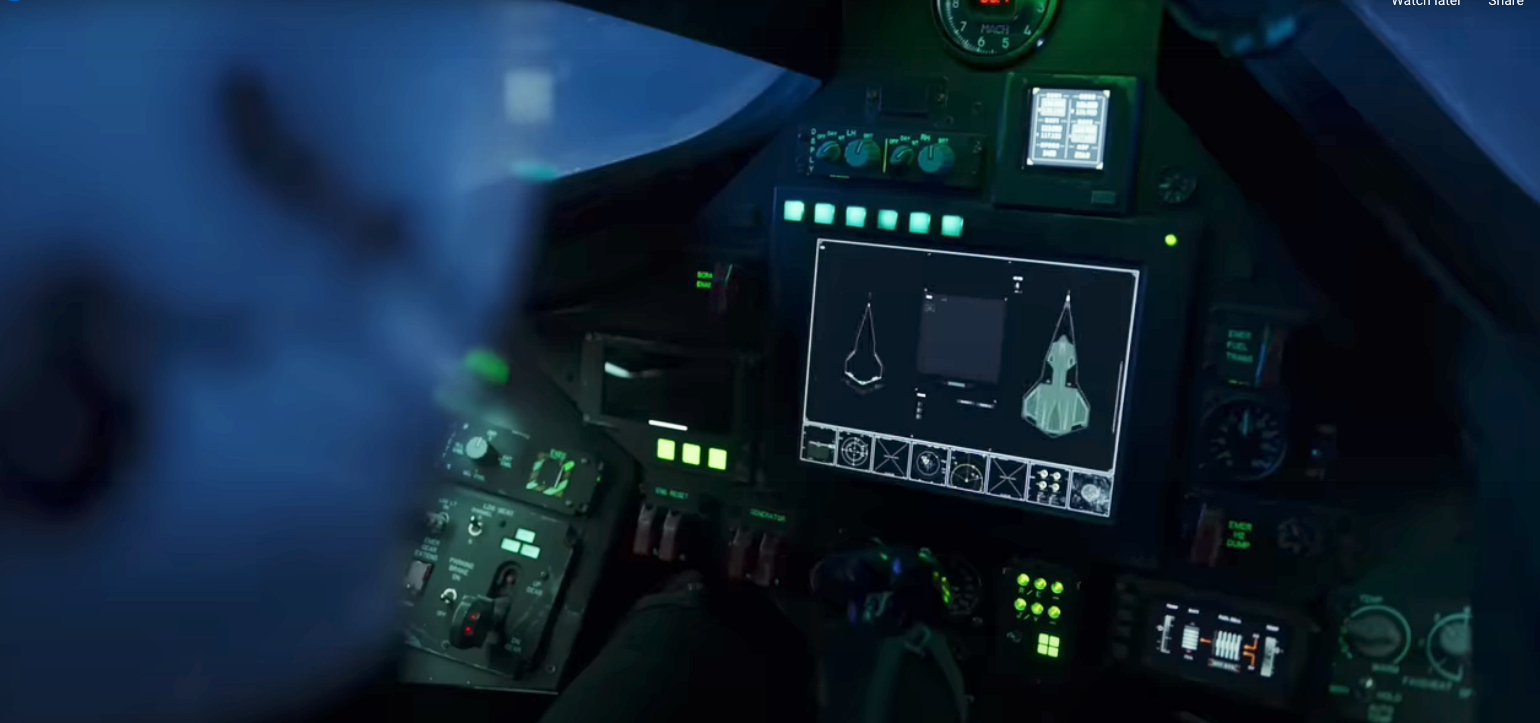
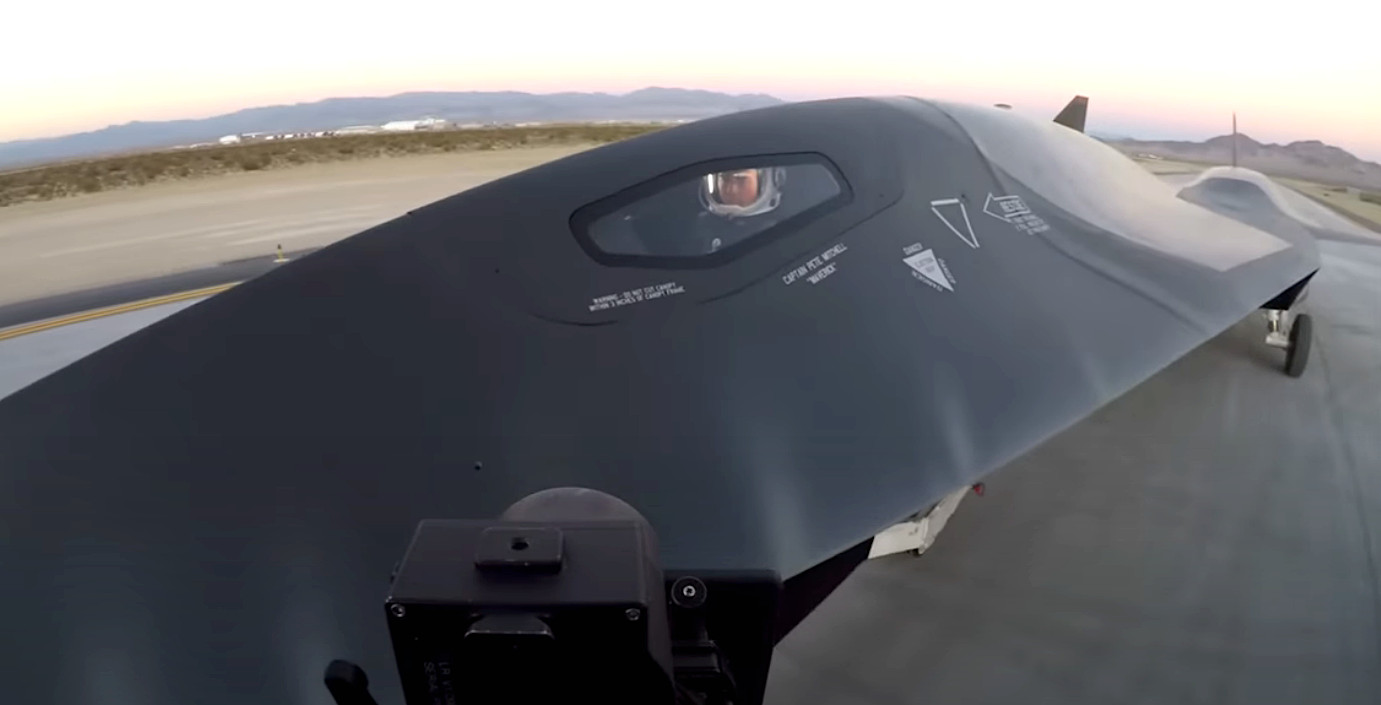
The new views of the Darkstar mockup do not appear to offer any dramatic additional insights about any real-world inspirations for the design. It has long been noted that this fictional aircraft has very broad similarities, at least visually, to Skunk Works’ proposed SR-72 unmanned hypersonic aircraft.
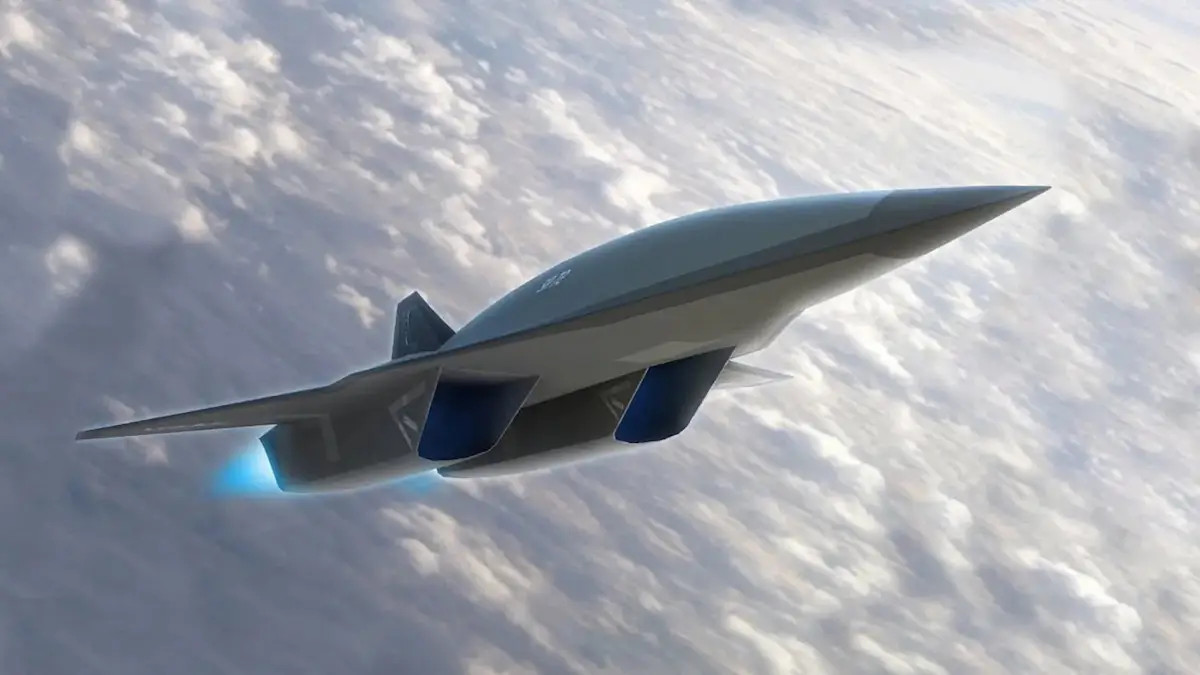
The general design of Darkstar’s cockpit, which offers no forward visibility for the pilot, also reflects the configuration of the very real X-59 Quiet Supersonic Technology aircraft, or QueSST, an experimental design that Skunk Works is building for NASA, as seen in the video below.

As The War Zone noted in our initial piece regarding Lockheed Martin’s official details about its help with Darkstar, the artwork of the aircraft that was released last week shows a kind of port on top of the fuselage that is typically associated with a celestial navigation system. This is another real-world technology, found on the SR-71 and other aircraft, that there is now renewed interest in due to its immunity to jamming and spoofing.
Since the film came out, there has also been some discussion about whether the fictional Darkstar design might feature a self-contained escape module rather than a traditional ejection seat, making Maverick’s bailing out of the aircraft at Mach 10 an ever so slightly more realistic possibility. Some Cold War-era supersonic combat aircraft, like the Convair B-58 Hustler and Rockwell B-1 bombers and the General Dynamics F-111 Aardvark swing-wing combat jet, featured these kinds of emergency egress systems.



The proposed SR-72 design, of course, was intended to be unmanned, which would obviate the need for any such considerations about how the pilot would be expected to escape safely a hypersonic speeds if necessary.
“It felt like something that could truly fly,” Top Gun: Maverick’s director Kosinski says of the mockup in the recently released video featurette.
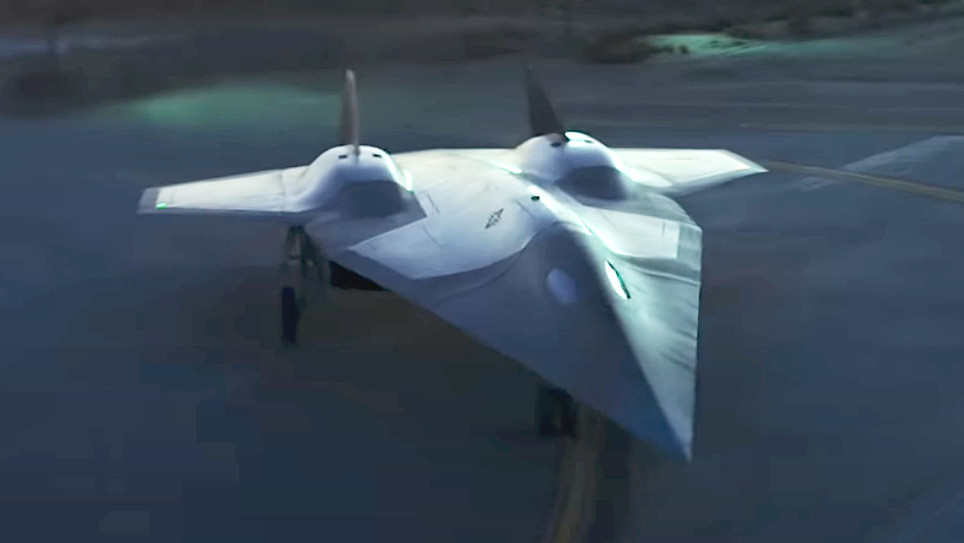
“We wanted that moment in the Darkstar flight where you just feel not only the command of flight, but the beauty of flight,” the film’s star, Tom Cruise, says at the end of the clip.
The existence of this full-scale mockup, which looks very much like a real plane, at least externally at a glance, and that was actively being moved around facilities at Naval Air Weapons Station China Lake certainly lends credence to previous reports that the Chinese government thought it was real and tasked a spy satellite to take a look.
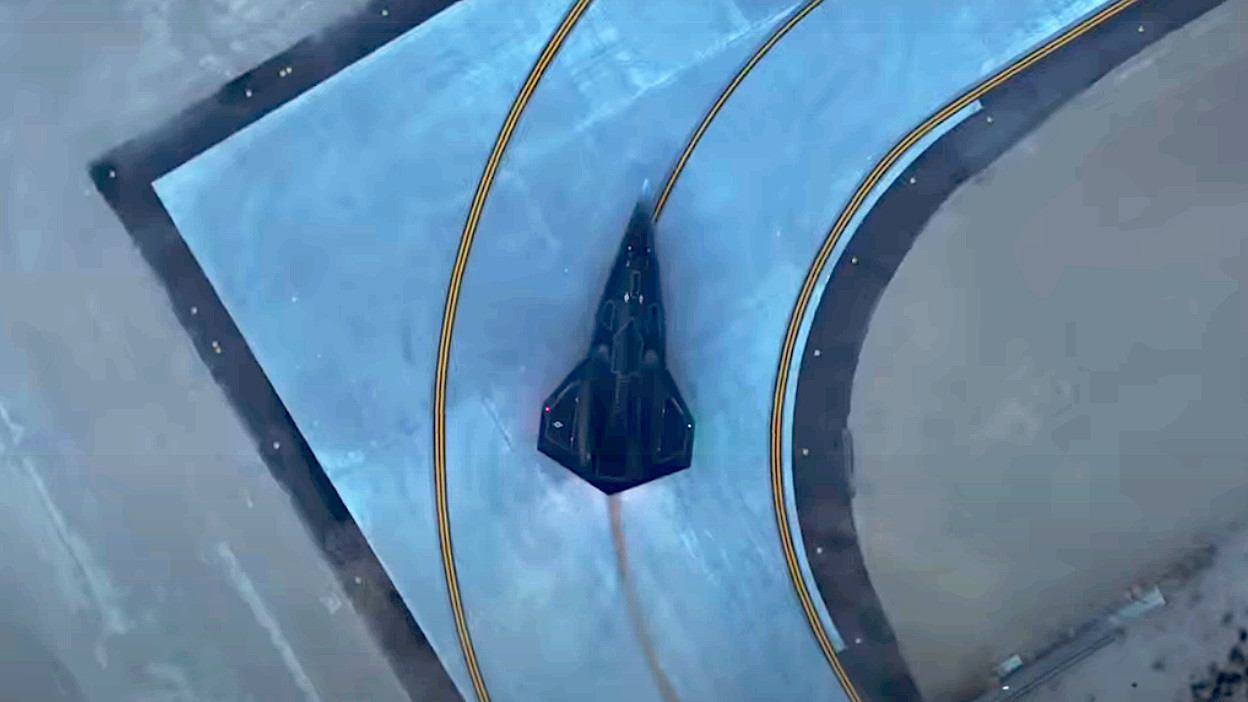
Producer Jerry Bruckheimer made this claim in an interview earlier this year with Alex Hollings, the editor of the Sandboxx blog, saying he had learned of this from unnamed U.S. Navy officials. The Navy and other elements of the U.S. Department of Defense were very actively involved in Top Gun: Maverick‘s production.
“As a security precaution, the U.S. Navy does not publicly discuss our monitoring capabilities or activities,” a spokesperson for the Navy’s Office of Information told The War Zone when asked about Bruckheimer’s remarks.
All told, while Top Gun: Maverick‘s Darkstar is clearly fictitious, questions continue to linger about exactly what links its design may have to real-world projects the company’s Skunk Works Advanced Projections Division is working on now or has worked on in the past, a topic we will continue to explore.
Stay tuned.
Contact the author: joe@thedrive.com
